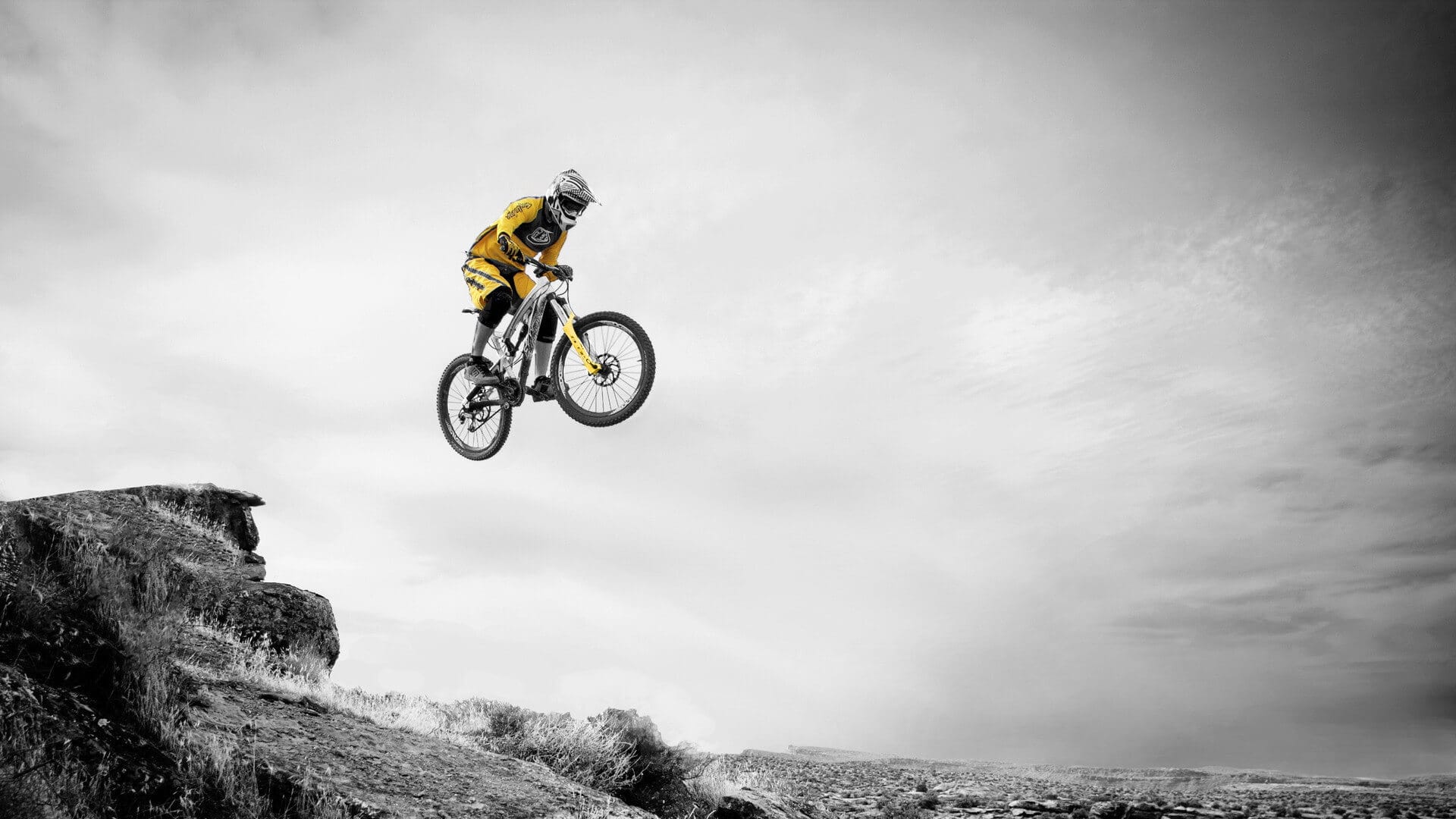Riding on Two Wheels: Bicycle Safety Tips for Everyone
- 30.06.2021
- General

With the price of gas on the rise again you might be thinking about riding your bicycle more. Whether you decide to ride to work, around your neighborhood, or for leisure, it’s important to do so safely. While you can’t control how others are handling themselves on the roadways, you can ensure that you are doing what you can to arrive where you want to go, firmly planted on the seat of your bike.
Bike safety is not just for kids. Did you know that in 2007, 84% of all cyclists killed in accidents were over 15 years old? (Insurance Institute for Highway Safety, National Highway and Traffic Safety Administration. Seven smart routes to bicycle safety for adults. 2007.)
What You Need to Know
According to The Ontario Ministry of Transportation, bicycles may have one (unicycle), two (traditional bicycle) or three (tricycle) wheels. A bike also has steering handles and/or pedals. If your bike has a motor, it is classified as an electric bicycle and is subject to different rules.
While bicycles do not require a license, plates, or registration, under Ontario’s Highway Traffic act, a bicycle is classified as a vehicle (just as is a car or truck), and therefore must share the roadway with others, follow all roadway laws including yielding where appropriate and obeying traffic lights. Additionally, unless it’s a bicycle built for two, bikes should carry just one rider.
Cyclists must also:
- Stay as close to the right as possible
- Not ride on 400 series highways
- Walk their bikes across pedestrian cross-overs
Helmets
According to the law, all cyclists under the age of 18 are required to wear helmets. It is a parent or guardian’s responsibility to ensure that children under the age of 16 are wearing a helmet. The fine for riding without a helmet is $75, but the risk to one’s health of not wearing one is much higher.
While it is not compulsory in Ontario for adults to wear a helmet, it is highly recommended. Wearing a bike helmet can seriously reduce the risk of injury should a rider fall or be in an accident.
When purchasing a helmet, ensure that it is new and bears a sticker from one of these safety organizations:
- Canadian Standard Association: CAN/CSA D113.2-M89
- Snell Memorial Foundation: Snell B90, Snell B95, Snell B90S, or Snell N94
- American National Standard Institute: ANSI Z90.4-1984
- American Society For Testing and Materials: ASTMF1447-94
- British Standards Institute: BS6863:1989
- Standards Association of Australia: AS2063.2-1990
- United States Consumer Product Safety Commission (CPSC) 16 CFR Part 1203
Your helmet should fit snugly but comfortably. It should sit level on your head and cover most of your forehead.
Key Tip: Helmets are good for one hit, so know that should you fall, you’ll have to replace it.
Laws
Ontario has created a number of laws to protect cyclists. It’s important to remember that bikes are considered vehicles similar to cars or trucks and must follow the rules of the road. Sharing the road goes both ways, and defensive biking is always the best way to ride.
In 2015, Ontario added some additional regulations to make cycling safer for everyone. According to 2015‘s Bill 31- Transportation Statue Law Amendment Act (which is part of the Making Ontario’s Roads Safer Initiative), the following applies:
- Drivers must maintain a minimum distance of one metre, if possible, when passing a cyclist
- There are penalties for ‘dooring’ cyclists—improperly opening or leaving open doors of motor vehicles around cyclists
- Cyclists may face increased fines for not having bicycle lights, reflectors or other reflective requirements
- Cyclists may use safety lamps that produce intermittent red light flashes
Join Up!
Want to up your skills when it comes to cycling? Many local cycling clubs offer “Learn to Ride” clinics for those who want to take their cycling skills to the next level, as well as group rides and community.
Visit the Ontario Cycling Club’s website for more information on this exciting sport.
The York Region Cycling Coalition provides information and links to clubs in your area.
The Belleville Chaingang offers riding groups three nights a week for cyclists from novice to experienced.
The Newmarket Eagles is a great way to get involved with others who share your passion for biking in our community.
For kids: Pedalheads offers Learn to Bike programs and camps for children aged 2-12.
Community Resources
If you live in Newmarket, Aurora, Richmond Hill, Markham, Thornhill or Vaughan, York Region has created this helpful cycling guide. It includes bike safety tips and a handy cycling map for taking to the trails.
Many towns and municipalities in York Region offer Learn to Bike courses for both children and adults. Visit Cycling York Region to learn more.
If you live in or around Belleville, visit Belleville on Bikes for news, information, tips, and the best places to bike in the Quinte Region.
Biking is a great way to stay healthy and get around quickly and in an environmentally-friendly way. If you’ve got some additional bike safety tips or recommendations for great places to ride, we would love to hear them.




